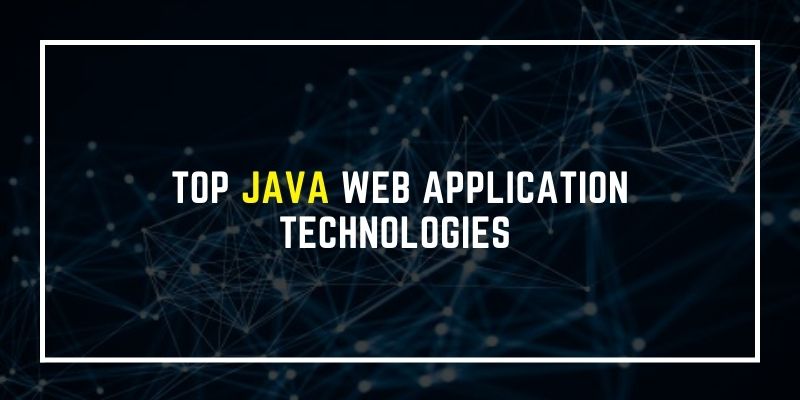Technologies for Java Web Applications
Servlet API
The javax.servlet package has many interfaces, such as servlet, filter, filterchain, servletconfig, etc. Servers that host applications can do more with the help of Servlet. The request-response model is used to make web apps in Java that use servlets. A servlet has a life cycle that goes from being set up to the garbage collector taking it away.
Servlets lets web developers use a service that works on any platform.
Servlets help with more than just making dynamic web pages. They can be used to collect information through web page forms, show data from a database or any third-party source, and so on.
The servlets are Java programmes that run on a web application and send requests from clients to the databases or servers. The servlets help process the client’s request and return results after talking to the database.
To get in-depth knowledge of java web technologies, fetch yourself with Java Training in Chennai, which offers broad knowledge in the Java programing language.
Developers use JavaServer Pages (JSP) technology to quickly make web content that works on any platform and on any server. To add dynamic elements to HTML pages, you don’t need separate CGI files. Instead, you can use JSP technology, which has access to the whole family of Java APIs.
With the support of special JSP tags, which make it easy to add Java code to HTML pages, web development is easy. A JSP page has static data written in HTML, WML, XML, etc., as well as JSP technology elements that control how dynamic web content moves. With the JSP technology, you can put small bits of servlet code right into a text-based document. Java EE’s JSP is a well-known technology that helps developers build complex, dynamic web pages quickly.
API JDBC
Java Database Connectivity (JDBC) gives you access to the database through methods and queries. Through web applications that have JDBC drivers, clients can change any information in the database. The four types of JDBC drivers used to connect to a database are the JDBC-ODBC Bridge Driver, the Native Driver, the Network Protocol Driver, and the Thin Driver.
Through applications made with the JDBC API, clients can connect to the database and change, delete, save, or just look at data. JDBC can read data from any database and automatically puts the data from the database into an XML format.
With JDBC API, processing can be done both in real-time and in the background. Through JDBC, the processed results are shown to the clients in a very simple way. It lets you connect to a database using many different SQL statements and queries.
Getting knowledge of java web technologies helps to develop quality software applications; therefore, signing up for Java Online Course lets you become an expert in java.
Java Persistence API
Object-relational mapping is used by the Java Persistence API (JPA) to connect an object-oriented model to a database. Java Persistence makes it easy to control relational data in Java applications. It helps store a lot of data in the database or get a lot of data out of the database.
You no need to use a lot of code, proprietary frameworks, etc., to talk to the database. JPA will give you simple ways to talk to the database using an object-relational approach. JPA is a group of useful classes and methods that let you connect to a database.
Technology for JavaServer Faces
JSF Technology is a framework for making user interfaces that run on the web. JSF gives you a simple way to make components in different scripting and markup languages. The UI widgets are linked to the data sources and the event handlers on the server side. Interfaces built with JSF can use and add to standard UI components that have already been made. JSF makes it easier to make and keep up-to-date web applications.
So far, we have discussed technologies for java web applications. If you want additional training sessions, fetch yourself with FITA Academy for the advanced Java Training in Bangalore with career guidance.
Related Blog: Java Interview Questions and Answers

